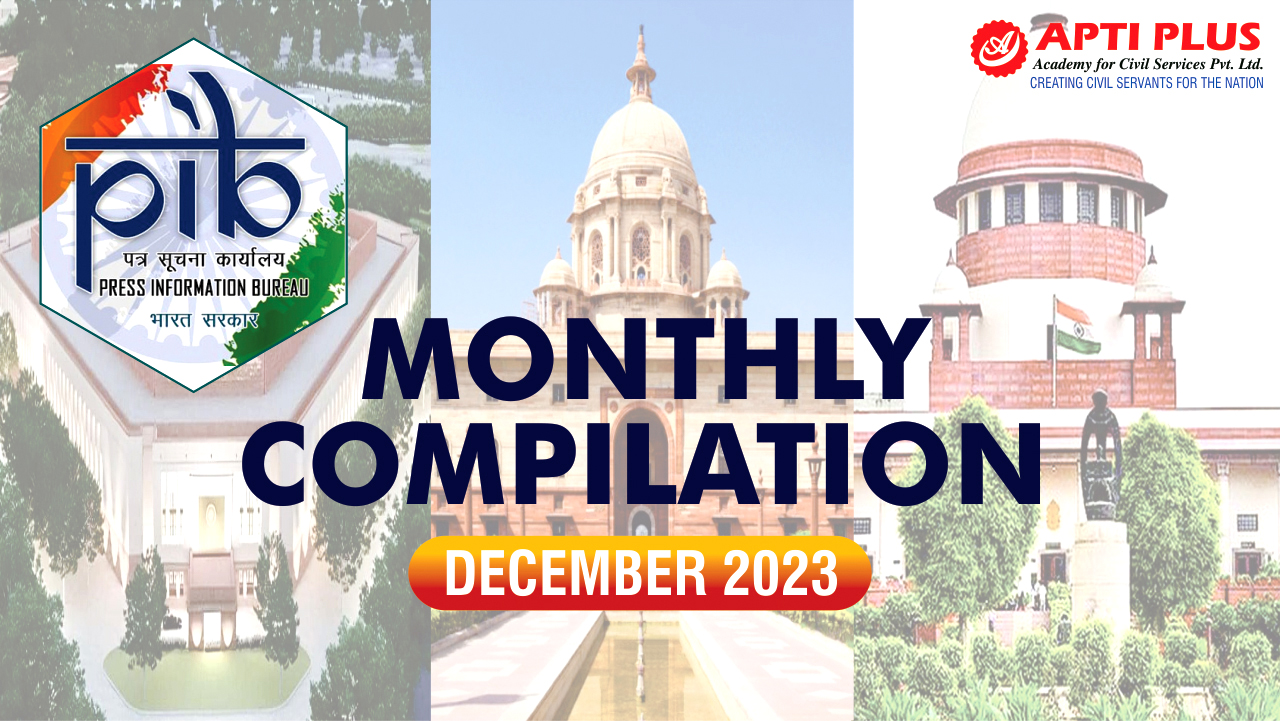Description
 Copyright infringement not intended
Copyright infringement not intended
Picture Courtesy: www.news18.com
Context: The Union Health Ministry has announced a new treatment regimen for leprosy with the aim of stopping transmission at the sub-national level by 2027, three years ahead of the UN’s Sustainable Development Goals.
Key Highlights
- The Directorate General of Health Services (DGHS) has received approval from the competent authority to introduce a three-drug regimen for Pauci-Bacillary (PB) cases, replacing the existing two-drug regimen for six months.
- The decision is based on the latest globally accepted scientific research studies and evidence-based practices.
- The new treatment regimen, effective for PB and multi-bacillary (MB) cases, is scheduled to be implemented from April 1, 2025. States and Union Territories are instructed to send requisitions for anti-leprosy drugs 12 months in advance.
- The World Health Organization (WHO) has agreed to supply the revised drug regimen. The WHO's recommended treatment regimen involves three drugs—dapsone, rifampicin, and clofazimine—referred to as Multi-Drug Therapy (MDT).
Leprosy
- Leprosy, also known as Hansen's disease, is a chronic infectious disease primarily affecting the skin and peripheral nerves.
- Caused by the slow-growing Mycobacterium leprae bacteria, it can lead to progressive and permanent disabilities if left untreated.
- It is transmitted through prolonged close contact with untreated individuals, primarily through respiratory droplets from coughing or sneezing. Casual contact like shaking hands or sharing utensils poses minimal risk.
Two main forms of Leprosy
- Pauci-bacillary (PB): Less severe type with limited skin lesions and nerve damage.
- Multi-bacillary (MB): More severe form with widespread skin lesions, nerve damage, and potential damage to internal organs.

Diagnosis and Treatment
- Early diagnosis and treatment are crucial to prevent permanent disabilities. Diagnosis involves a combination of skin tests, nerve function tests, and tissue biopsies.
- Multidrug therapy (MDT) is the mainstay of leprosy treatment. This WHO-recommended regimen combines different antibiotics for 6 months (PB cases) or 12 months (MB cases) to effectively kill the bacteria and prevent further transmission.
- The new three-drug regimen for PB cases in India aims to shorten treatment duration and further improve outcomes.
Management and Prevention
- While leprosy is curable, managing nerve damage and potential disabilities is crucial. Physiotherapy, occupational therapy, and reconstructive surgery can help affected individuals regain function and improve their quality of life.
- Early detection and treatment are key to preventing the spread of leprosy and reducing its burden. Raising awareness, addressing stigma, and ensuring access to healthcare are essential steps towards a leprosy-free world.
Conclusion
- The Union Health Ministry's announcement outlines a strategic move to combat leprosy transmission, incorporating global scientific research, WHO cooperation, and a revised treatment regimen, while some experts express reservations about the necessity of the three-drug approach.
Must Read Articles:
LEPROSY: https://www.iasgyan.in/daily-current-affairs/leprosy-47
|
PRACTICE QUESTION
Q. Multidrug therapy (MDT) for leprosy typically includes which of the following medications?
A) Penicillin and streptomycin
B) Dapsone, rifampicin, and clofazimine
C) Azithromycin and clarithromycin
D) Corticosteroids and non-steroidal anti-inflammatory drugs
Answer: B
Explanation: MDT for leprosy combines dapsone, rifampicin, and clofazimine to reduce bacterial load and prevent transmission. Penicillin and streptomycin are not effective against M. leprae. Corticosteroids and NSAIDs are mainly used to manage leprosy reactions alongside MDT.
|
https://t.me/+hJqMV1O0se03Njk9





 Copyright infringement not intended
Copyright infringement not intended




